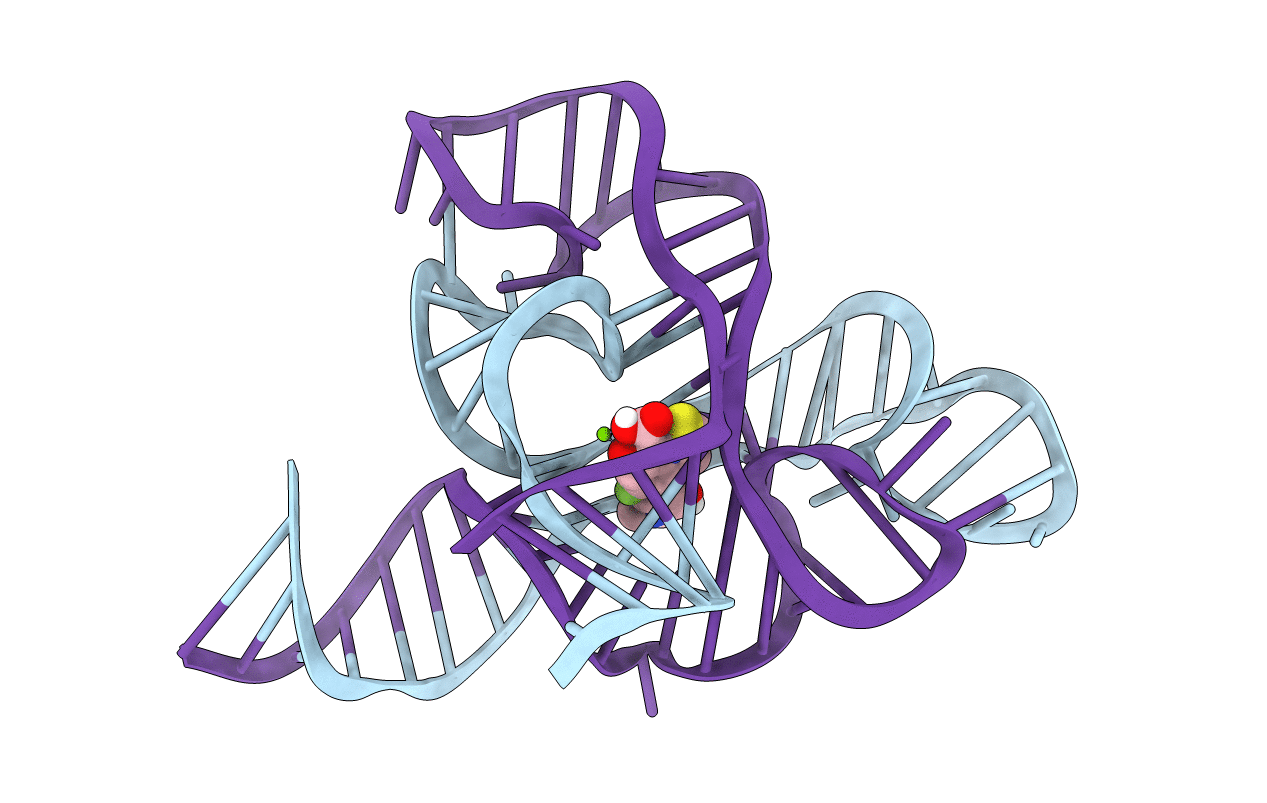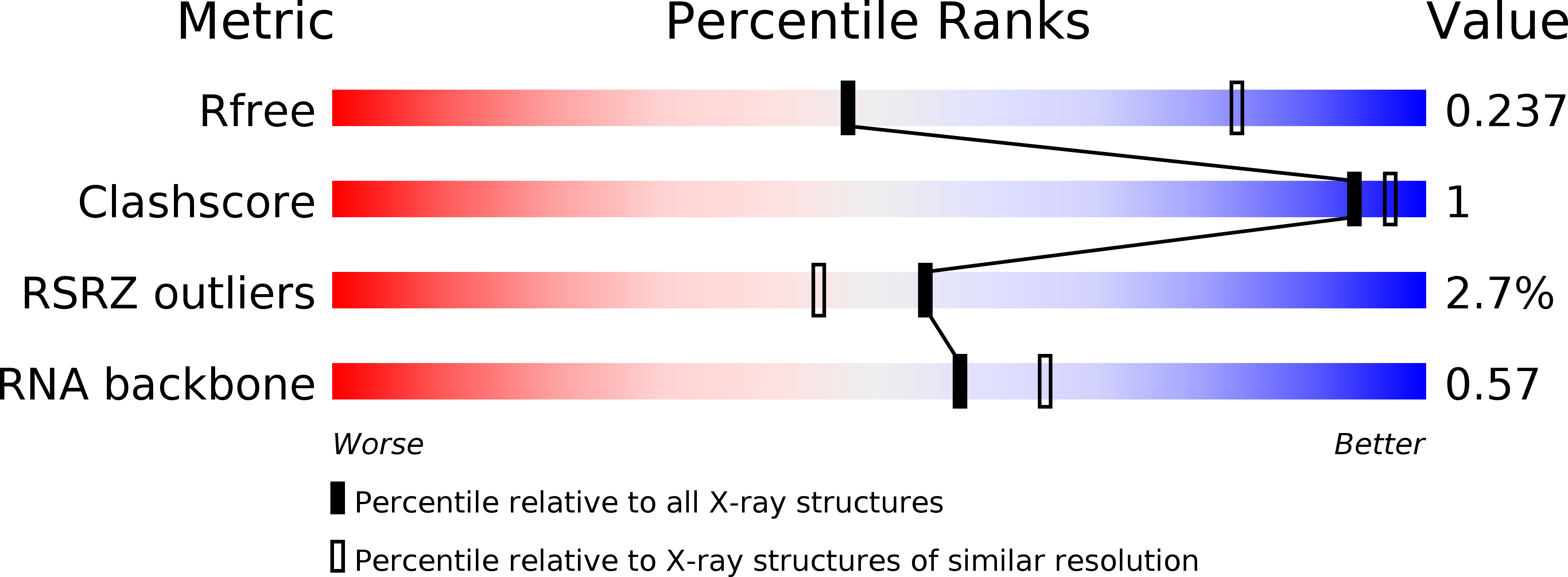
Deposition Date
2017-10-26
Release Date
2018-02-21
Last Version Date
2024-03-06
Method Details:
Experimental Method:
Resolution:
2.82 Å
R-Value Free:
0.24
R-Value Work:
0.20
R-Value Observed:
0.20
Space Group:
P 31 2 1


